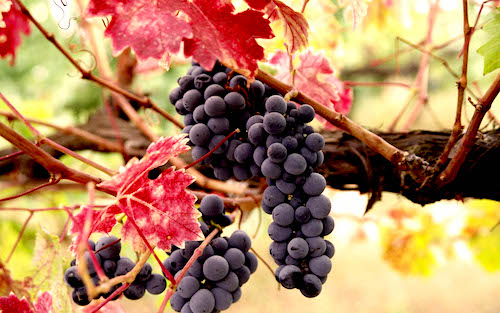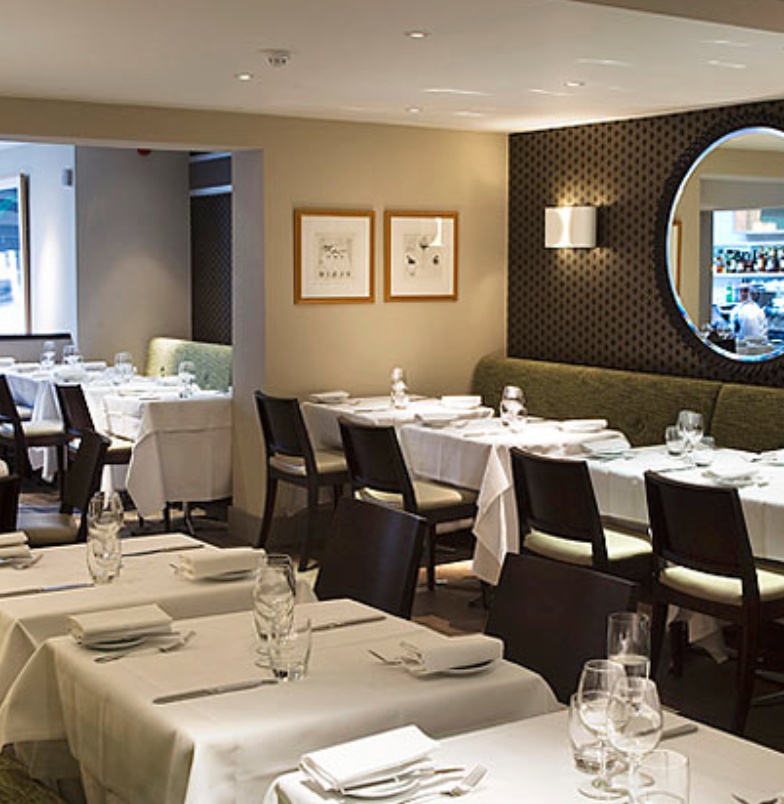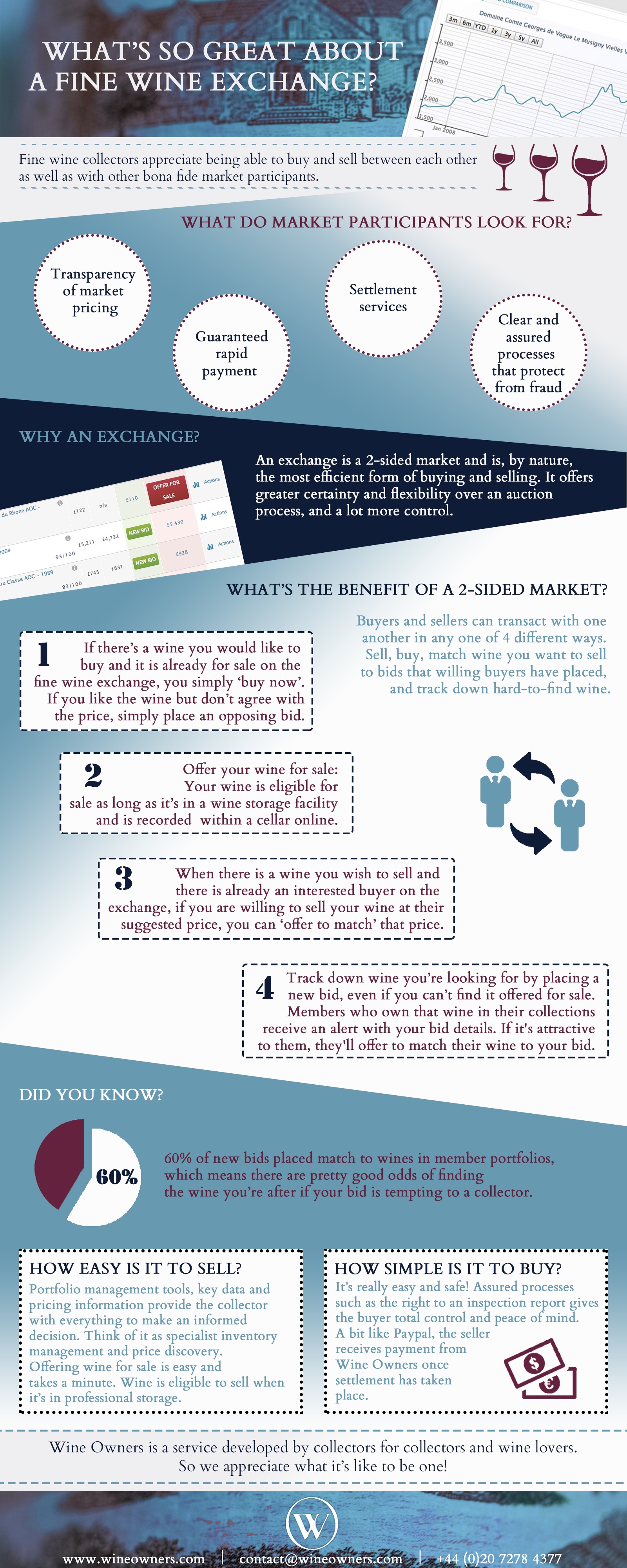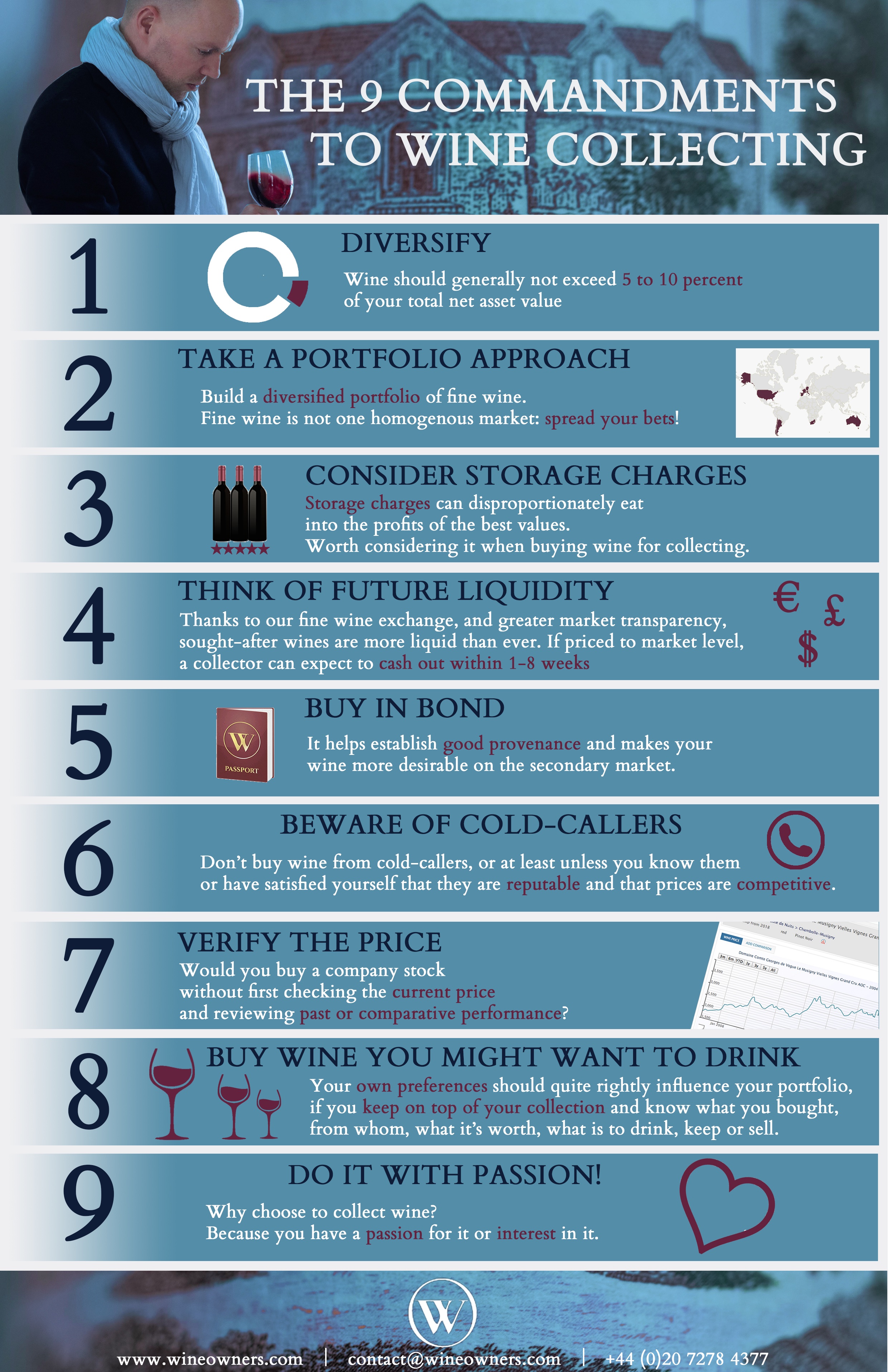by Wine Owners
Posted on 2017-05-15
The release of 2016 of £775 (12x75cl) is a substantial jump up on the simply marvellous 2015. The previous (in our view better) vintage released at £615 (12x75cl).
So we are looking at a 21% increase YoY. Meanwhile the gap between the two vintages has since closed, with the best offer price of Pape Clément 2015 now trading at £720 (12x75cl).
Not only was 2015 a sound buy for those who jumped in this time last year, it remains an attractive hold, since the release price of 2016 and a rumoured reduction in release quantities attributed to the April 2017 frosts, will lend its price support and push it up to £800+ (2x75cl).
For whom do the frosts toll? Us, the consumer, wine lover, collector…those who buy. The reduction in production volumes now likely for 2017 are difficult for producers, especially in those areas most severely affected, parts of Pessac included. By far the worst affected were those in the lesser appellations on the right bank, St Emilion and Pomerol off the plateaux, and inland in the Medoc. For many of those producers the frosts really were a catastrophe.
As we described here the great estates alongside the Gironde were the least touched by the frost due to the warming effects of the river; those parts of their vineyards affected were on the whole those producing grapes destined for their second wines.
We need to bear in mind too that 2016 production volumes are up 10%-20%, in many instances offsetting the potential losses (subject to a faint possibility of second budding) relating to 2017.
So as consumers, we should sympathise and feel bad for estates such as Pape Clément for their loss of production. We should feel even sadder for producers’ losses in places like Fronsac, Lalande de Pomerol and Castillon, where there will be economic casualties. But it doesn’t mean we will consequently want to buy much more expensive wine.
by Wine Owners
Posted on 2016-10-24
Market context and performance since June 24th
Serving as a general fine wine market tracker, the WO 150 gained 6% in the year to June (6.5% in the previous 12 months) but is now up 19.8% YTD.
Focusing on the all-important Bordeaux market, the world’s single largest region of fine wine production, the WO First Growth Index was up 8.7% year to date on 24th June, but is now up 23%.
As regards Bordeaux Firsts, this performance is on the back of 4 years of decline, following the bursting of a Chinese-inspired bubble in late 2011. The market in these blue chip Bordeaux bottomed in Q3 of 2015, and has soared since. Chateau Latour, released at £11,400 per case of 12 bottles, is now back within £100 per bottle of that release price.
The rest of the Bordeaux market had tested its lows the previous year, and so its performance year to June 2016 was a slightly higher 10.25%, reflecting the additional momentum gathered over the previous 18 months. Looking at all classified growths, the market is now up 22.5% YTD.
Whereas Bordeaux is a market driven by liquidity and large production volumes, scarcity-driven markets such as Burgundy, Piedmont and cult Californians, have enjoyed a long-term run stretching back 20+ years, and these wine markets have not suffered the roller coaster ride of Bordeaux.
The WO Northern Italy index is up 171% over the last 10 years, the WO Blue Chip Burgundy Index is up 311% over the same period, and the WO California index is up a whopping 427%.
What’s going to be the effect on new releases?
New releases are already more expensive to buy due to the pound buying less euros or dollars.
Brexit will cause new releases of two sought after vintages (Burgundy 2015 and Bordeaux 2016) to rise by 30%+, caused by producer increases of, say, around 10% compounded by the 20% effect of devaluation.
First in line: the impending 2015 Burgundies are due for UK release as futures in January 2017. With a compromised 2016 vintage assuring small production volumes, 2015s from some addresses will rocket to compensate for next years’ lower production.
Bordeaux will follow in April 2017.
Given the UK’s preeminent role in global fine wine trading, Brexit has turbo-charged market performance, and given the relatively recent recovery of Bordeaux markets a boost after a prolonged period of decline.
As the pound falls, assuming a rising fine wine market (key as it means there's strong global demand), the price of secondary market wines will rise since they are cheaper to buy for buyers holding currencies such as HKD or dollars.
This increases the value of collectors' current stock since the market is global. London is still one of the most important global trading hubs for fine wine, if not the most important.
Could price rises kill demand?
Because top burgundy from the best producers can double after first release it is unlikely to dampen initial demand – by much. And if it does there’s always the USA, Japan and other markets that’ll mop up the relatively small volumes.
Secondary market prices of older vintages may rise, pulled up by the higher new release prices. But as they rise, the number of potential secondary market buyers may decrease, causing these scarcity driven markets to become less liquid. As a result, it may take longer to sell your wines at these higher prices. The moral of the story is that scarcity driven markets are not for the impatient seller who needs cash tomorrow. These are better seen as long-term holds.
Bordeaux prices of the new vintage (2016) will also rise when they are released next year. Whether the UK Market chooses to buy or sits this one out remains to be seen.
However, the USA is more or less certain to be buying these futures aided by vintage character of ripe, powerful wines from a hot summer that will suit their palates.
As a consequence, enduring weakness of the pound will place further upward pressure on back vintages.
We predict that recent back vintages will increase sooner than is normally the case (1-2 years instead of the more common 5-7 years), as top Bordeaux producers are becoming principal stockholders in an attempt to capture more of the downstream value of their wines and increase the value of their balance sheet assets.
by Wine Owners
Posted on 2016-02-01
Do collectors ever drink affordable, everyday drinkers? Of course we do!
Don’t forget that in the heyday of Bordeaux, ‘luncheon’ wines were required purchasing behaviour to ‘balance’ some of the more sought after wines whose supply was carefully managed through judicious releasing strategies by the Châteaux.
At time of purchase, these low cost, often delicious (sometimes extremely dull) drinkers seemed cheap, their modest cost leading on the eager buyer. I remember being promised by one merchant that I shouldn’t hold back from balancing with cheaper wines: “you’ll always be able to sell them for what you paid”.
10-20 years on, the true cost of these wines becomes apparent. Annual storage fees of £10-14 adds up over time. If you thought you might never drink them, it will have proved to be a rather expensive balancing exercise to get allocations of the wines you really wanted.
Continuing to store them is only recommended if you have an idea of when you are going to drink them (a daughter’s wedding perhaps?). Alternatively pull them out of storage and keep them at home where they’re more likely to be broached.
Otherwise, it’s time to move these wines on, get what you can for them, and reduce your annual storage bill. There are plenty of restaurants and wine lovers starting out who are attracted by bottles that are fully mature at bargain prices.
by Wine Owners
Posted on 2015-12-09
Robert Parker has consistently highlighted low yields over the years as a key indicator of quality. It’s a belief over which he’s been challenged by producers and experts alike.
But is he wrong? Are low yields a prerequisite for wines of character and nuance that we so crave, or is this just a red herring seized upon by eager wine writers whose understanding of winemaking techniques are inadequate?
Jordon Ross of Oenology International points to a run of vintages where the worst wines from the key regions of Bordeaux, Burgundy and California were made from lowest production vintages, whereas the best wines came from those where production was highest.
His misgivings, and those of producers he interviews such as Dominique Lafon, are down to the belief that low yields sell wine and that old vines do not necessarily produce better wines than young vines.
M. Lafon highlights an extreme case to argue that view “Some producers here are talking low yields but with so many dead vines in their vineyards that it’s nonsense, it means nothing.”
That’s as maybe, but let’s not allow rotten vineyard husbandry to define the argument and allow the rejection of the notion that low yields might nonetheless be an important factor behind quality.
I for one am more than happy to accept that a little knowledge is a dangerous thing, that my own technical base - like the know-how of most collectors - is relatively scant, and that it’s easy to grossly oversimplify.
However, I do possess one means of very subjectively putting the question to the test, and that’s my palate. When all is said and done, surely that’s what matters most?
Burgundy seems to be a particularly good and topical reference point when discussing yields given the run of low yield vintages the region endured 2010-2014.
The true colours of a fine wine show with age, long after they've been evaluated by tasters in their first blush of youth (or in the case of Burgundy as échantillons untimely plucked from the comfort of their oak casks).
Vintages blessed with good production volumes and generally fine weather - 1990 and 1999 being prime examples that were lauded upon release - whilst studded with beautiful wines, contain as many examples that are bland and fruity, but fall short of complex or exciting.
On the other hand, there are many wines from low-yielding vintages characterised as difficult or gawky upon release, which 15-20+ years on show a level of intensity and aromatic complexity that are more than a match for the bigger, ‘better’ vintages. For example, there are truly wonderful wines from 1998 (Gouges, Barthod, Bachelet, Mortet) that at release were described (correctly in my view) by Jancis Robinson as ‘tough and stolid’. 18 years on, and they have matured into exceptionally complex, deeply toned wines.
Seeking out the best producers is a must of course, since there are great, good, average and awful ones irrespective of anything else.
Talking of great, no one does it better in Barolo than Roberto Giacomo. His transparent Monfortino 2002, with its tiny yields from a dismal vintage, is a very special wine of weightless proportions. It will never be mistaken for a hot year like 1997 or 2004, but so what? The wine has a rare aromatic subtlety and sweetness that makes it a rarity.
So what of more recent vintages? Bill Nanson talks about 2012 red Burgundy as a vintage visited by ‘the four horsemen of the apocalypse’! It wasn’t easy and yields were considerably reduced. Will it prove to be a great vintage? I believe so, with the best wines surely destined to be as good as 2010 or 2005. There is a fabulous vitality to the vintage that ought to see the best examples blossom into wines of great character.
As if that wasn’t bad enough from a vigneron perspective, 2013 was worse: an exceptionally low yielding year, blighted by a summer that only dared speak its name in July. Although the wines can seem lean and dry at times (evident in January 2015’s échantillons in London), on another day from barrel in situ they show fine, sappy, delineated fruit.
Even though 2013s have higher acidity levels and bright flavours, my guess is that the miserly yields and consequent concentration of juice will compensate over time and make some fine older bones, unlike the much higher-yielding 1996 vintage which remains angular and more often than not lacking.
So far we’ve discussed low yields resulting from nature’s hand.
When it comes to the age of vines and yields per vine, it seems to me the argument is rather more clear-cut. Assuming the producer puts the necessary time and effort into vineyard husbandry, older vines and the naturally occurring lower yields seem to very obviously impart intensity and complexity to the end result. When Clive Coates talks about ‘creamy old vine flavour’ I get what he’s describing.
So, whilst accepting that low yields per se do not necessarily mean good wine, to deny its very significant contribution to creating truly great wines and their appreciation seems unnecessary.

by Wine Owners
Posted on 2015-10-29
There was one thing we were really clear about when first launching Wine Owners. This was a platform created by and for wine lovers and collectors.
Fast forward 2 and a bit years, and there are an amazing 12,000 of you using the platform to access, organise, track and explore your wine collection in one way or another.
We've had such great feedback from so many of you who love what we've created, that we thought it would be great fun to throw the spotlight on you, and give you the stage for talking about the bit of your life to do with wine. Those of us who are into wine (some might say slightly obsessed by it) really enjoy reading other collector stories, so if you're happy to share, we'd love to hear from you.
Just contact me on nick.martin@wineowners.com with your thoughts and a photo!
To make it a bit more fun, we're offering each member whose story we publish a smart dinner in London, not to mention some brilliant wines from our private collections (which should keep all our lovely shareholders happy).

So what should you talk about? Anything you like really, but here are some pointers...
How did you get into wine in the first place?
What was the first ever wine you tasted that gave you goosebumps?
When did you start collecting?
What's your favourite region and style of wine?
Who's your favourite producer?
Best ever wine decision and worst ever wine decision?!
Most amazing wine and food combination?
The greatest bottle you've ever had and why you liked it so much?
Your favourite wine critic?
Your desert island wine.
Closing date for the invitation to share your wine life with us and be invited to a beautiful wine dinner is 31st November 2015.
Once again, contact us to say yes via email on nick.martin@wineowners.com or call us on + 44 (0)20 7278 4377.
by Wine Owners
Posted on 2014-08-18

by Wine Owners
Posted on 2014-07-02

You might also like our first infographic: The 9 Commandments to Wine Collecting
by Wine Owners
Posted on 2014-06-13


